Paddle Options
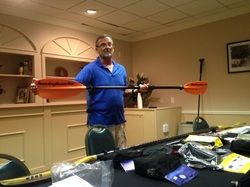
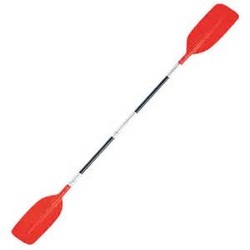
At this point he gave us an impromptu paddle lesson, instructing us to lean slightly forward and push the air-exposed half of the paddle with your arm as much, if not more, than you pull the submerged paddle blade. It's a 'pull and push' process that takes some practice to get used to but eventually results in a more relaxed paddle stroke. If you only use the pulling motion as you paddle each stroke then you're simply putting unnecessary strain on your neck and rotator cuff. Try to get into the habit of locking your elbows a bit as you paddle which forces you to use your back and tummy more than your arms.
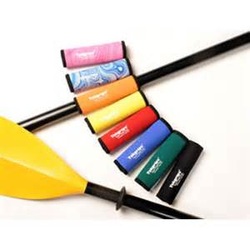
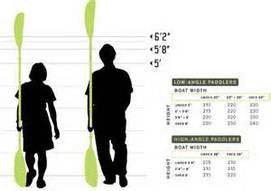
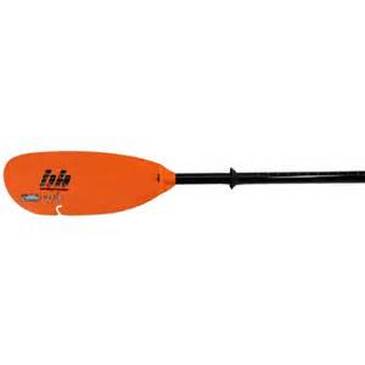
Safety / Life Vests / PFDs (Personal Flotation Device)
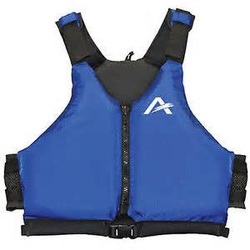
And on a side 'safety note' Kirk is a big advocate of a designated "meet-up" place and time before launch so that if several people are going out on the water together and eventually head in different directions, losing sight of one another around or behind a mangrove island, there is always a plan for meeting back up again in order to account for everyone in the group. We thought that was a GREAT idea!
Other Safety Equipment
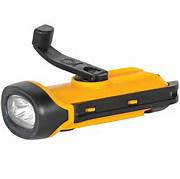
Oh, and by the waHis "other" piece of safety equipment is his Ruger .38 LCR
LUNCH
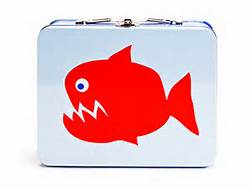
Bait
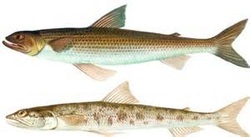


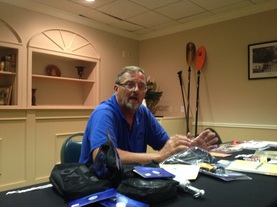
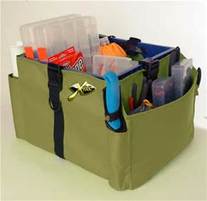
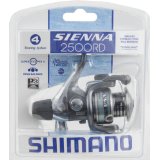
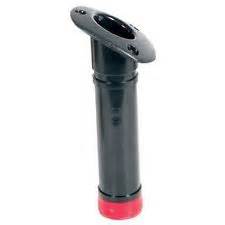
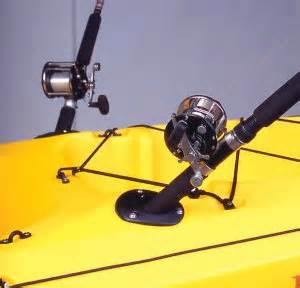
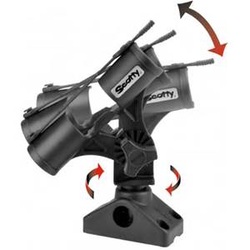

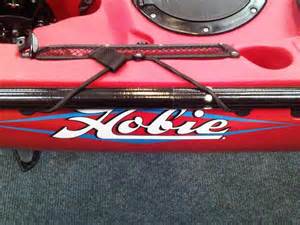
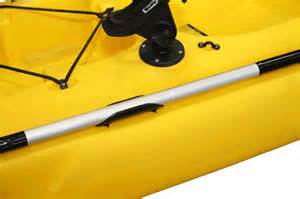
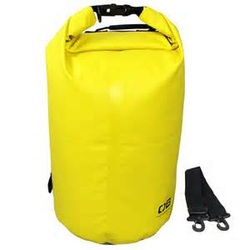
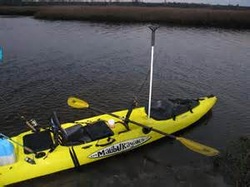
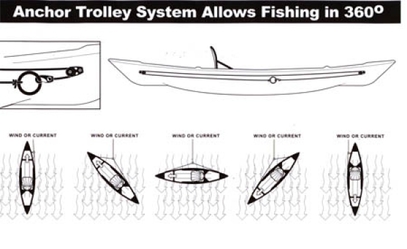
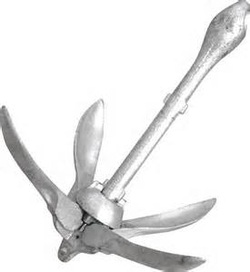
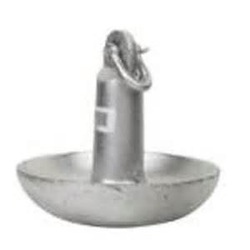
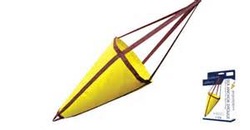
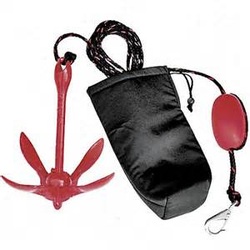
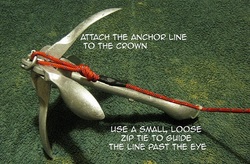
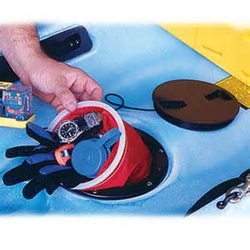
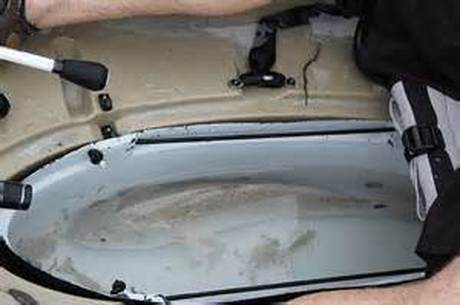
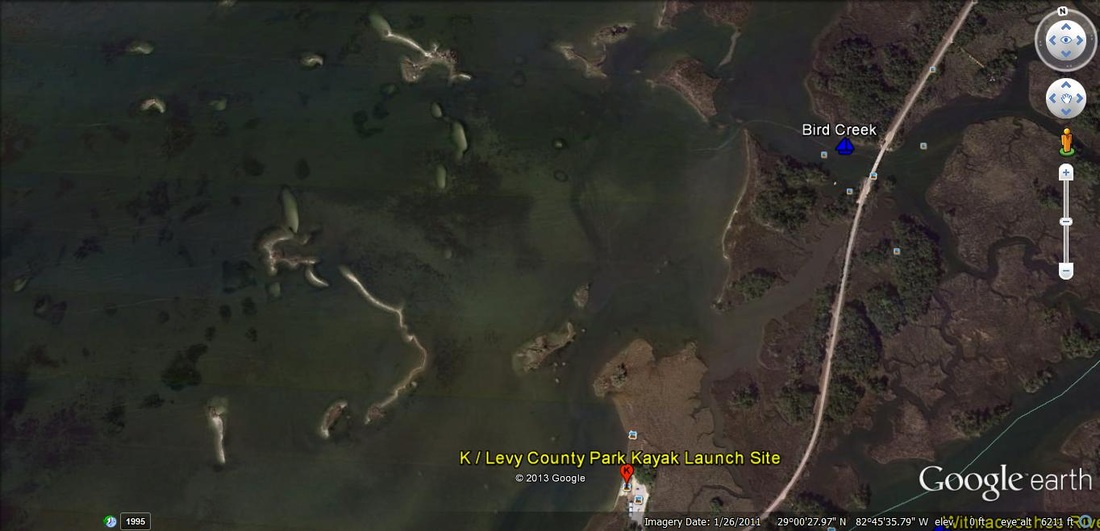
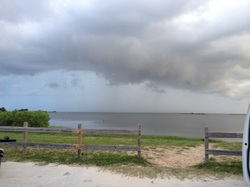
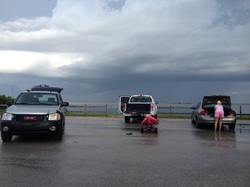
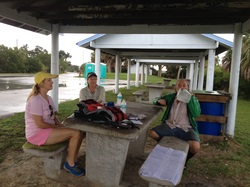
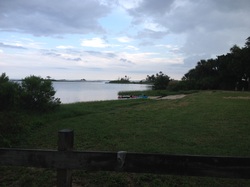
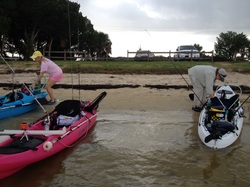
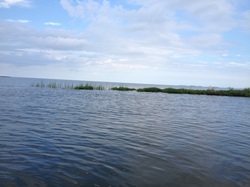
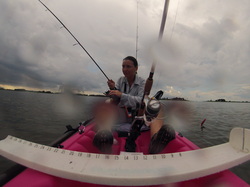
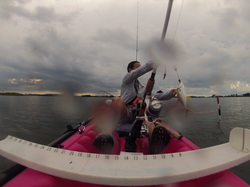
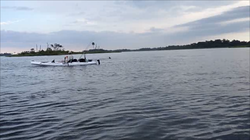
 RSS Feed
RSS Feed